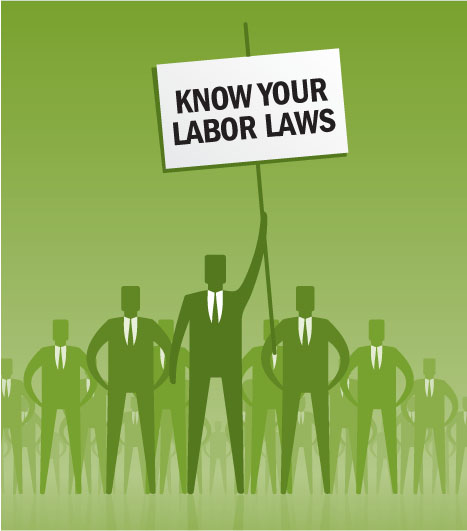 Employers inhabit a complex environment when it comes to human-resources statutes. Federal, state and local laws and regulations are in a constant state of evolution.
Employers inhabit a complex environment when it comes to human-resources statutes. Federal, state and local laws and regulations are in a constant state of evolution.
Complying with this patchwork quilt of workplace obligations is a daunting challenge for an organization's risk-management and human-resources professionals, corporate counsel and executives.
But like death and taxes, these risks of doing business are inevitable—and the costs of noncompliance are increasing.
Recommended For You
Want to continue reading?
Become a Free PropertyCasualty360 Digital Reader
Your access to unlimited PropertyCasualty360 content isn’t changing.
Once you are an ALM digital member, you’ll receive:
- Breaking insurance news and analysis, on-site and via our newsletters and custom alerts
- Weekly Insurance Speak podcast featuring exclusive interviews with industry leaders
- Educational webcasts, white papers, and ebooks from industry thought leaders
- Critical converage of the employee benefits and financial advisory markets on our other ALM sites, BenefitsPRO and ThinkAdvisor
Already have an account? Sign In Now
© 2025 ALM Global, LLC, All Rights Reserved. Request academic re-use from www.copyright.com. All other uses, submit a request to [email protected]. For more information visit Asset & Logo Licensing.








